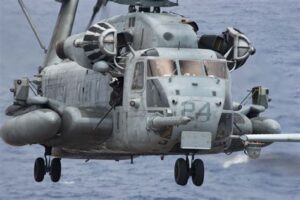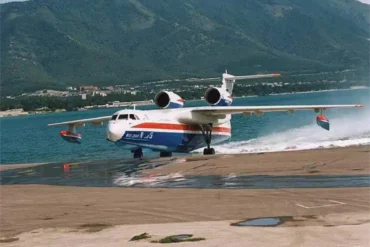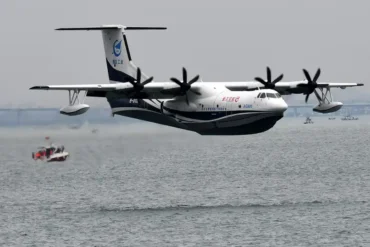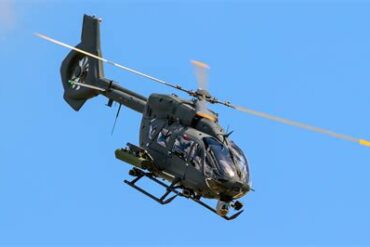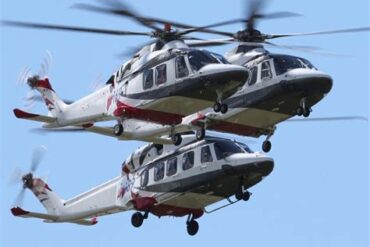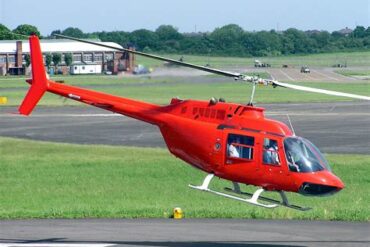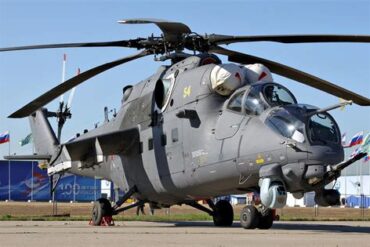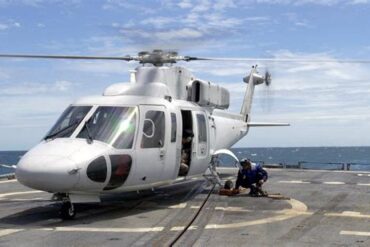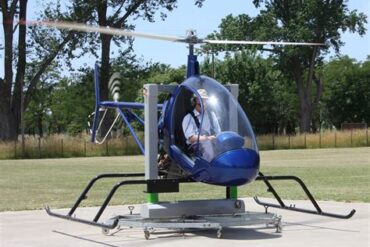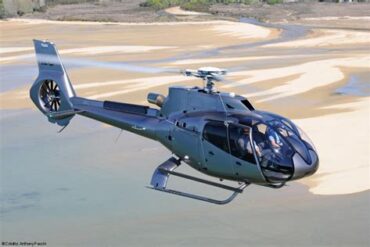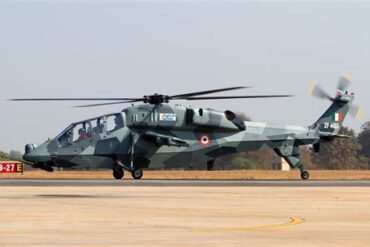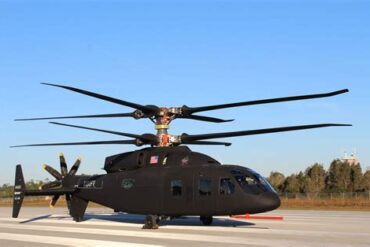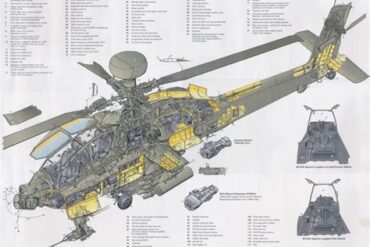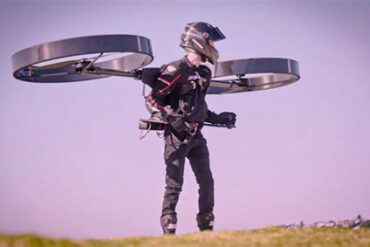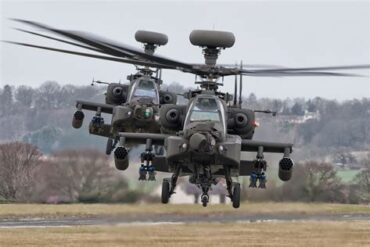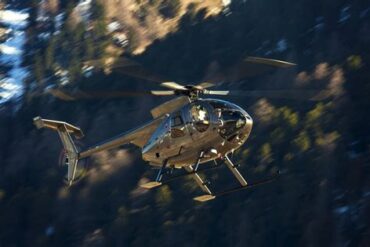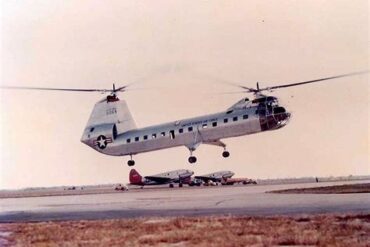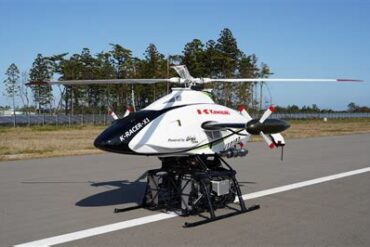Amphibious helicopters, a remarkable fusion of aeronautical and maritime engineering, have transformed the landscape of aerial and naval operations. These versatile aircraft are designed to operate both in the air and on water, enabling a multitude of applications ranging from search and rescue missions to military operations. In this comprehensive guide, we will explore the intricate details of amphibious helicopters, their design features, operational capabilities, and the various roles they play across different sectors.
Understanding Amphibious Helicopters
Amphibious helicopters are rotary-wing aircraft capable of taking off and landing on water as well as on solid ground. This unique capability is essential for missions that require flexibility in challenging environments, particularly in maritime settings. These helicopters are equipped with specialized floats or hull designs that allow them to remain buoyant and stable while on the water, effectively bridging the gap between traditional aviation and marine operations.
Design Features of Amphibious Helicopters
The design of amphibious helicopters incorporates several key features that enable their dual functionality:
-
Floats and Hulls: Many amphibious helicopters utilize floats, similar to those on seaplanes, to provide buoyancy. Some models may feature a hull design that allows for direct water landings. These floats are engineered to withstand the forces of water, ensuring stability and safety during operations.
-
Corrosion-Resistant Materials: Given their operational environment, amphibious helicopters are constructed with corrosion-resistant materials to withstand the harsh effects of saltwater and humidity. These materials ensure longevity and reliability in maritime conditions.
-
Enhanced Landing Gear: The landing gear of amphibious helicopters is specifically designed for versatility. It may include retractable skids or wheels that can operate effectively on various surfaces, including water, sand, and solid ground.
-
Advanced Avionics: Modern amphibious helicopters are equipped with sophisticated avionics systems that enhance navigation, communication, and safety. These systems include GPS, radar, and weather tracking technologies, ensuring operational effectiveness in diverse environments.
Operational Capabilities
Amphibious helicopters excel in several operational areas, making them invaluable assets for various missions:
Search and Rescue Operations
One of the primary applications of amphibious helicopters is in search and rescue (SAR) operations. Their ability to land on water expands the scope of rescue missions, particularly in maritime emergencies. Equipped with winches and hoists, these helicopters can extract individuals from challenging conditions, such as sinking vessels or remote coastal areas. The speed and agility of amphibious helicopters enhance the likelihood of successful rescues, significantly reducing response times in emergencies.
Military Applications
In military contexts, amphibious helicopters are essential for assault operations, troop transport, and logistical support. Their dual capability allows for rapid deployment of personnel and equipment in coastal or riverine environments. Amphibious helicopters can conduct beach landings, supply missions, and surveillance, providing military forces with a strategic advantage in joint operations. Notably, the U.S. Marine Corps employs amphibious helicopters, such as the CH-53E Super Stallion, to facilitate troop movements during amphibious assaults.
Environmental Monitoring and Surveying
Amphibious helicopters are also utilized in environmental monitoring and surveying. Their ability to access remote or flooded areas makes them ideal for conducting aerial surveys of wetlands, rivers, and coastal regions. Equipped with advanced imaging and sensor technologies, these helicopters can gather critical data on ecological conditions, assess natural disasters, and monitor wildlife populations. This data is vital for conservation efforts and environmental management.
Commercial and Tourism Applications
In the commercial sector, amphibious helicopters are increasingly popular for tourism and transportation services. Coastal tourism operators use amphibious helicopters for scenic flights, offering breathtaking views of coastal landscapes and marine life. Additionally, these helicopters provide transportation to remote islands and coastal communities, enhancing connectivity and accessibility.
Key Examples of Amphibious Helicopters
Several notable models of amphibious helicopters highlight the advancements in this field:
Bell 407GX
The Bell 407GX is a versatile helicopter often used in commercial operations. While primarily designed for land operations, it can be equipped with floats for amphibious capabilities. This helicopter features advanced avionics, high cruise speeds, and a spacious cabin, making it suitable for a variety of missions.
Sikorsky UH-60 Black Hawk
The Sikorsky UH-60 Black Hawk is a well-known military helicopter that can be modified for amphibious operations. With its robust design, the Black Hawk can perform a wide range of missions, including troop transport and medical evacuation. Its adaptability allows it to operate effectively in coastal and riverine environments.
Eurocopter EC145
The Eurocopter EC145 is another amphibious helicopter, favored for search and rescue missions. It offers a spacious cabin and advanced avionics, making it ideal for medical evacuations and emergency response. The EC145 can be equipped with floats for water landings, enhancing its operational versatility.
Challenges and Considerations
While amphibious helicopters offer numerous advantages, they also face specific challenges that operators must consider:
Maintenance and Upkeep
The maintenance of amphibious helicopters is crucial for ensuring operational readiness. Regular inspections and maintenance are required to address the wear and tear associated with exposure to saltwater and environmental elements. Operators must adhere to stringent maintenance schedules to guarantee the safety and reliability of these aircraft.
Training and Expertise
Operating amphibious helicopters demands specialized training for pilots and crew. Understanding the nuances of water landings, buoyancy control, and maritime navigation is essential for safe and effective operations. Training programs must equip personnel with the necessary skills to handle the unique challenges posed by amphibious missions.
Regulatory Compliance
Amphibious helicopters must comply with a complex set of regulations governing aviation and maritime operations. This includes adherence to safety standards, environmental regulations, and operational protocols. Navigating these regulations can be challenging, requiring operators to stay informed about the latest developments in aviation and maritime law.
Future Trends in Amphibious Helicopter Technology
The future of amphibious helicopters is promising, with ongoing advancements in technology and design. Some key trends shaping the evolution of these aircraft include:
Hybrid Power Systems
The integration of hybrid power systems is expected to enhance the efficiency and environmental sustainability of amphibious helicopters. These systems combine traditional fuel sources with electric propulsion, reducing emissions and fuel consumption during operations.
Autonomous Operations
Advancements in automation and artificial intelligence are paving the way for autonomous amphibious helicopters. These systems could enhance safety and operational efficiency by allowing helicopters to perform complex tasks with minimal human intervention.
Enhanced Payload Capacity
Future designs may focus on increasing payload capacity, enabling amphibious helicopters to transport larger loads or additional personnel. This would expand their operational capabilities and versatility in various mission profiles.
Conclusion
In summary, amphibious helicopters represent a remarkable convergence of aviation and maritime technology. Their ability to operate seamlessly in both environments makes them invaluable for a wide range of applications, from search and rescue to military operations and commercial use. As technology continues to advance, the potential for amphibious helicopters to adapt and evolve is limitless. Understanding their capabilities, challenges, and future trends is essential for anyone involved in aviation, maritime operations, or emergency response. The ongoing development of amphibious helicopters will undoubtedly play a pivotal role in shaping the future of aerial and maritime interactions.
